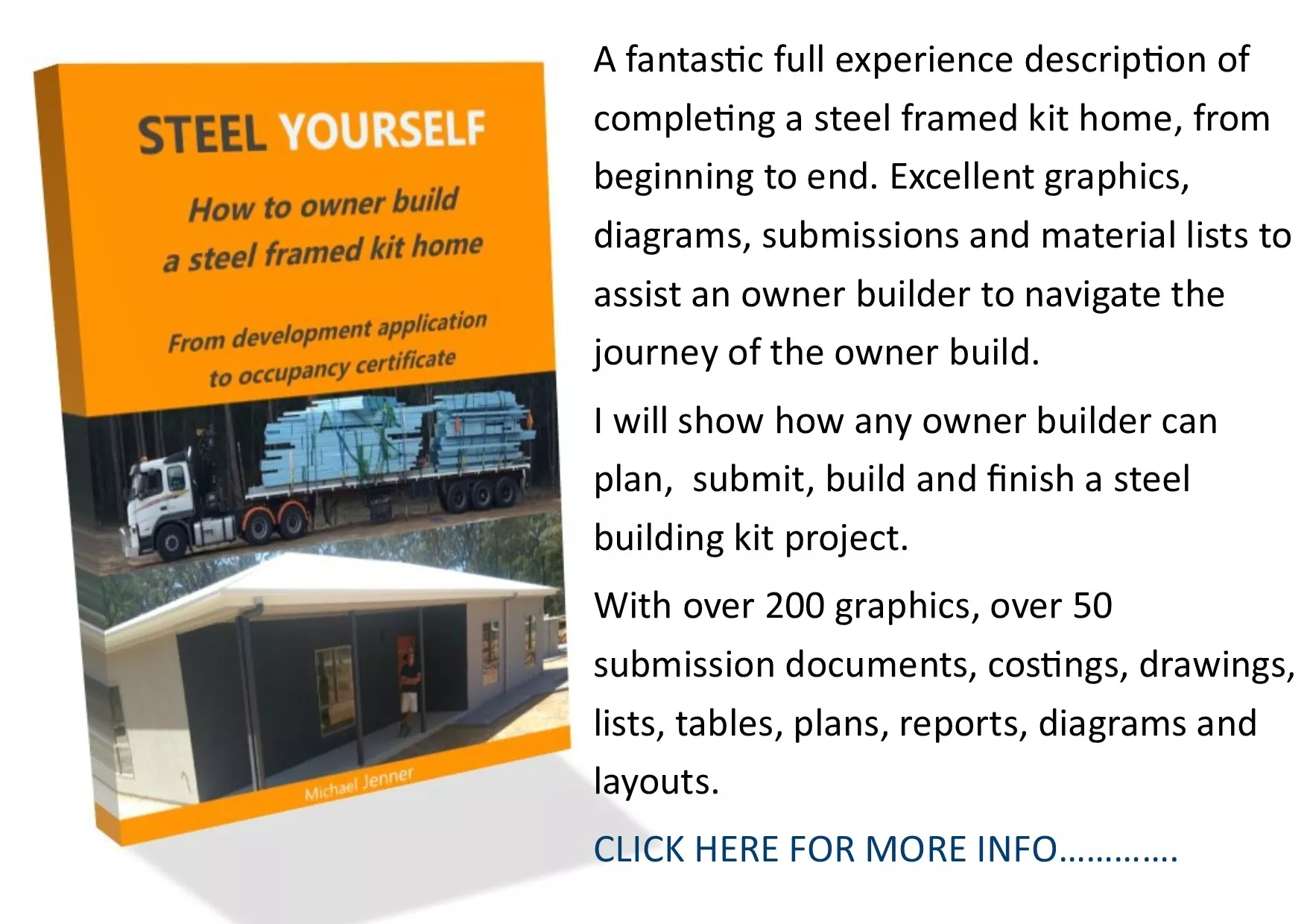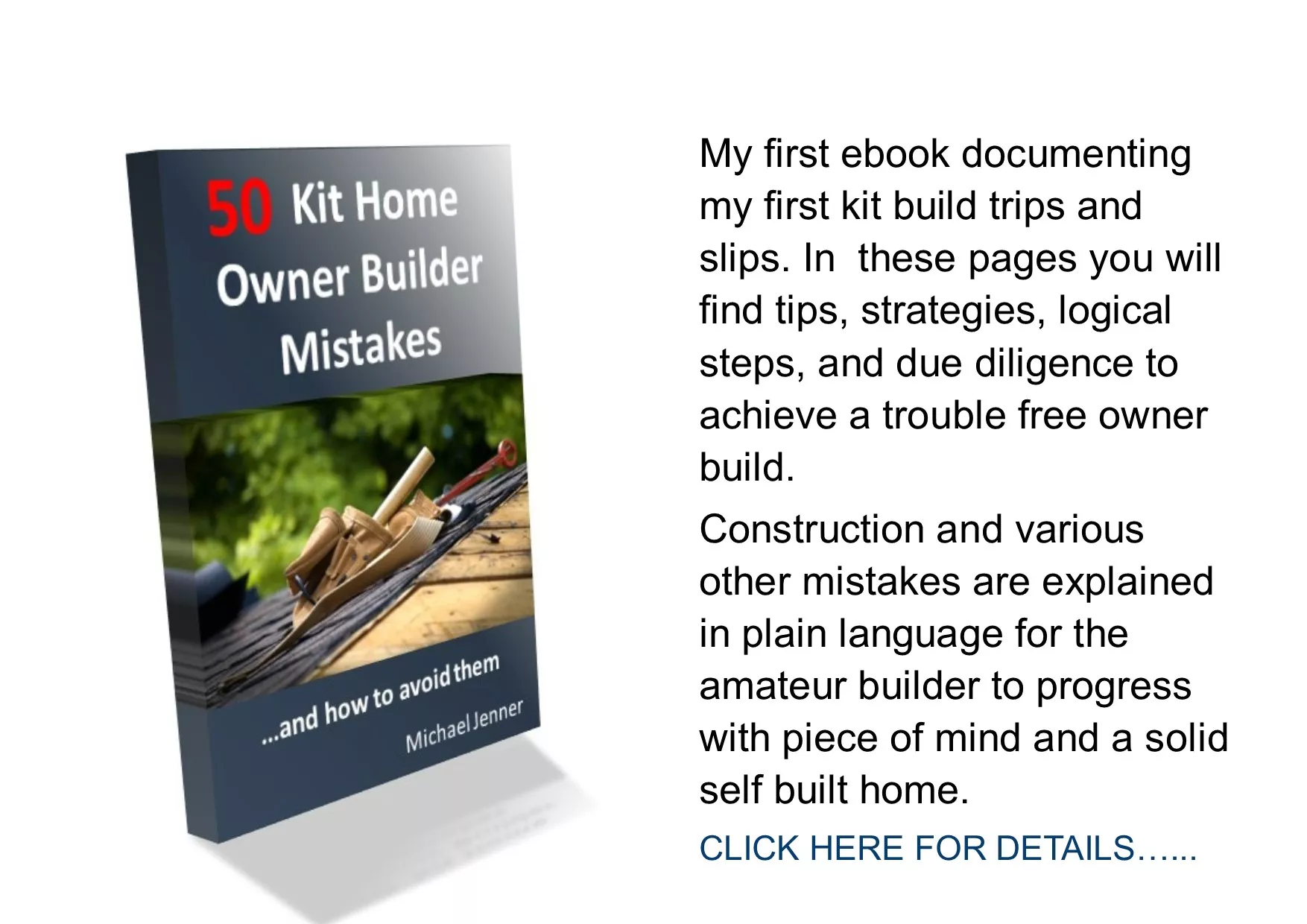How to Save Money Opting For Modular Homes Over Conventional Housing
by Harsh Pareek
(Huffington Post)
Owning a home is a dream for many of us. But often the entire process of selecting an appropriate property to finally moving in can be daunting, riddled with long days and anxious nights. To top it, traditional methods of construction and delayed possessions can further compound a home buyer's cost of owning a home.
With varied prefabrication or "prefab" options now available in the Indian market both in the high-rise and small-scale housing segments, many home buyers are shifting away from conventionally constructed homes. Here's what you need to know.
What are 'prefab' homes?
Essentially, prefab homes are homes that are constructed in a factory before being transported to the actual building site in pieces, where they're then assembled to complete the final structure.
While early years of prefabrication were associated with low-cost, quick and mass building, this type of construction has come a long way since then. The versions available today are not just high tech but hard-wearing homes that can be assembled on site in matter of days.
Considering the time, money and energy savings that come with modular homes, many buyers are ditching brick and mortar construction entirely.
Time (and money) savings
Prefabricated homes can cut overall time taken to complete a building project by half. That's because most of the manufacturing in modular homes happens off-site in a controlled factory like setting, away from bad weather conditions. Many home buyers in India have been hit by significant construction delays, and often end up paying both EMIs and rent for a prolonged time.
Lower maintenance costs
In the long run, prefab homes work out to be cheaper as their "material efficiency" is much higher with far less construction waste, for instance. Additionally, intelligent insulation and design reduces the heating and cooling costs in the long- term.
These homes also promise modern high-performance components that ultimately results in lighter and better structures that are better suited to withstand natural calamities. Many home developers have begun using these homes over traditional construction for homes in earthquake-prone areas, for example.
Potential green savings
A prefabricated home often uses paint, wallpaper and other materials which have low or no volatile organic compounds, meaning these buildings tend to have a low carbon footprint and the ongoing heating and cooling is nearly 40 per cent cheaper than traditional buildings.
Indeed, the prefabrication home market in India is growing rapidly, clocking an annual compounded growth rate of 7-8% and is set to grow even faster in the coming years.
(Harsh Pareek is the Head of AEC, Autodesk, India and SAARC)
Join in and write your own page! It's easy to do. How? Simply click here to return to News portal.



